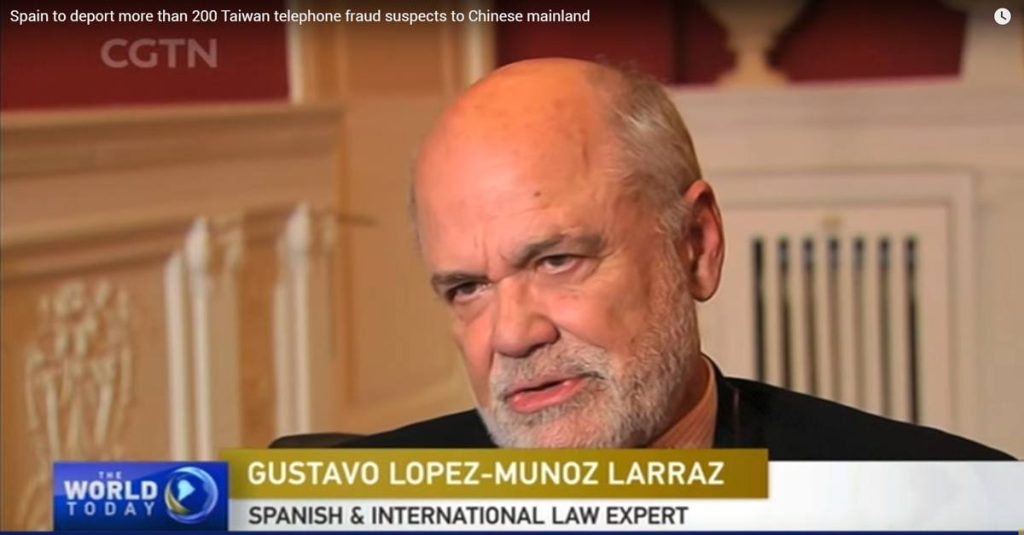What are syndicated loanss

Introduction to syndicated loans
What is a syndicated loan?
The syndicated loan (“syndicated loan”) or creditors union, is a loan contract by which several creditors agree to lend to a client.
The syndicated loan is aimed at satisfying significant financing needs, and involves pooling the efforts of several creditors, federated or not by one of them, thus differentiating it, one of the most frequent loan contracts in legal transactions, in which one or several debtors are bound by a single provider.
It may interest you:”Characteristics and examples of a Joint Venture contract”
History and development
There has been an attempt to find the spiritual origin of these loans in the railway financing projects of the 19th century. It was not until the 1970s that these operations became popular in the Anglo-Saxon environment, facilitated by the deregulation of capital markets in the 1950s and the investment needs of European countries, as well as other developing countries. development.
The role played in the standardization of syndicated loans carried out by the Loan Market Association. Its success has led to its expansion throughout all international debt markets, also adjusting to the requirements of legal practice in the Asia-Pacific and Africa regions.
Parties in a syndicated loan
On the provider’s side there can be both companies and groups of companies, promoters of projects of various kinds or the government of a state or territorial unit. When one of them is clear that their capital needs are likely to be met through a syndicated loan, they contact an “organizer” or “arranger” who will be in charge of finding other entities capable and willing to provide their support for this transaction. , as well as coordinating the operation in general. The “arranger” also serves to centralize the provision of the agreed capital, receiving, first, the amounts contributed by the other financial entities, and then transferring the amounts from the liquidation and amortization of each one of the installments.
It may interest you:”The “Due Diligence” process in the sale of companies”
Typology of a syndicated loan
Traditionally, a distinction is made between the so-called “club deals”, for operations with less impact, around 10 million pounds, and a reduced number of intervening creditors, between three and four financial entities. However, the true potential of syndicated loans is displayed in large operations that exceed one trillion pounds, such as the Channel Tunnel project, launched by a consortium of more than 150 banks, pooling £5bn, or even more than £10bn, as in the case of Kohlberg Kravis Roberts’ purchase of Nabisco, through a third-party financed buyout.
These examples highlight two of the areas in which syndicated loans tend to occur: both ambitious investment projects, on the one hand , such as situations in which a very high level of leverage is handled, on the other.
Apart from this quantitative criterion, another taxonomy can be appreciated in qualitative terms. Currently, syndicated loans organized under the criteria of “underwritten deal” take place, being the most popular model in Europe, in which “arranger” guarantees obtaining the amount desired by the client, upon payment of certain fees; or through the “best efforts” principle, more popular in the Anglo-Saxon world, in which the “arranger” undertakes to seek the desired amount via syndication as best he can, but without fully guaranteeing that it will be obtained. If the desired amount is not obtained, either the renegotiation of the loan or the waiver of carrying out the operation will be agreed.
Benefits for the parties
Syndicated loans bring benefits to both parties in the operation, being especially interesting for creditors. On the one hand, it is impossible for a single financial institution to have the resources to deal with operations that sometimes exceed one trillion euros, such as those described in the previous section. Financial entities that decide to undertake these operations alone would face inefficient allocation of resources and difficulties in financing subsequent operations, compromising their future flexibility. Syndicated loans also allow the risks of operations of this magnitude to be divided among several parties. Finally, they can represent an opportunity to diversify the investment portfolio of an entity in areas to which it had not previously had access.
Basic structure of the operation
The formalization of the choice of the “arranger” is carried out by means of the “mandate letter”, in which the terms of the operation are described. This letter includes a review of the structural and economic conditions of the operation, the interest, the guarantees and the obligations of the parties in the transaction.
The fundamental document is, without a doubt, the “term sheet” or roadmap, which lays the foundations of the loan. It describes the parties and their role in the loan and commercial conditions such as the amount, price or term of the loan. This document is usually completed with a “fee letter”, which details the payments to be received by the lending entities beyond the fundamental benefit of the operation, such as the remuneration for the search for lending entities.
As in any complex loan operation, information on the real and up-to-date situation of the company is essential. For this reason, syndicated loans usually include a “clean-up period” for a variable and transitory time, in which the borrower is allowed that certain minor violations of commitments, guarantees or other obligations do not constitute acts of default (“events of default”) of the loan. This interim period of disclaimer is intended to remedy possible more serious future acts of loan default that would jeopardize the transaction.
It may interest you:” What should be included in a business purchase contract”
Javier Hernández Vizán
Member of the Commercial Law Department
09/16/2020



















